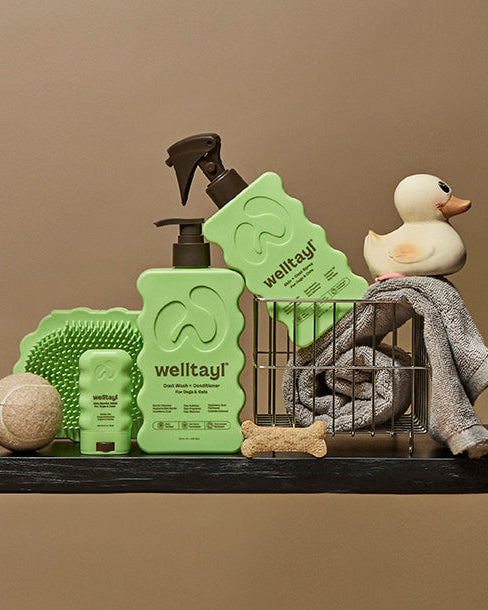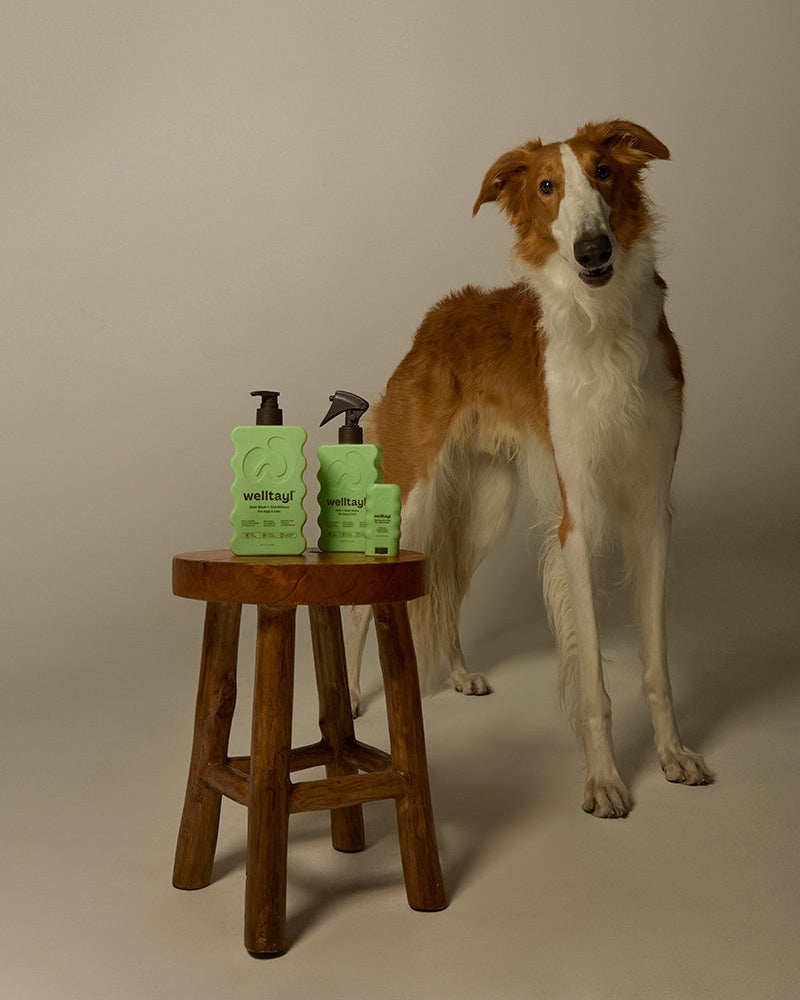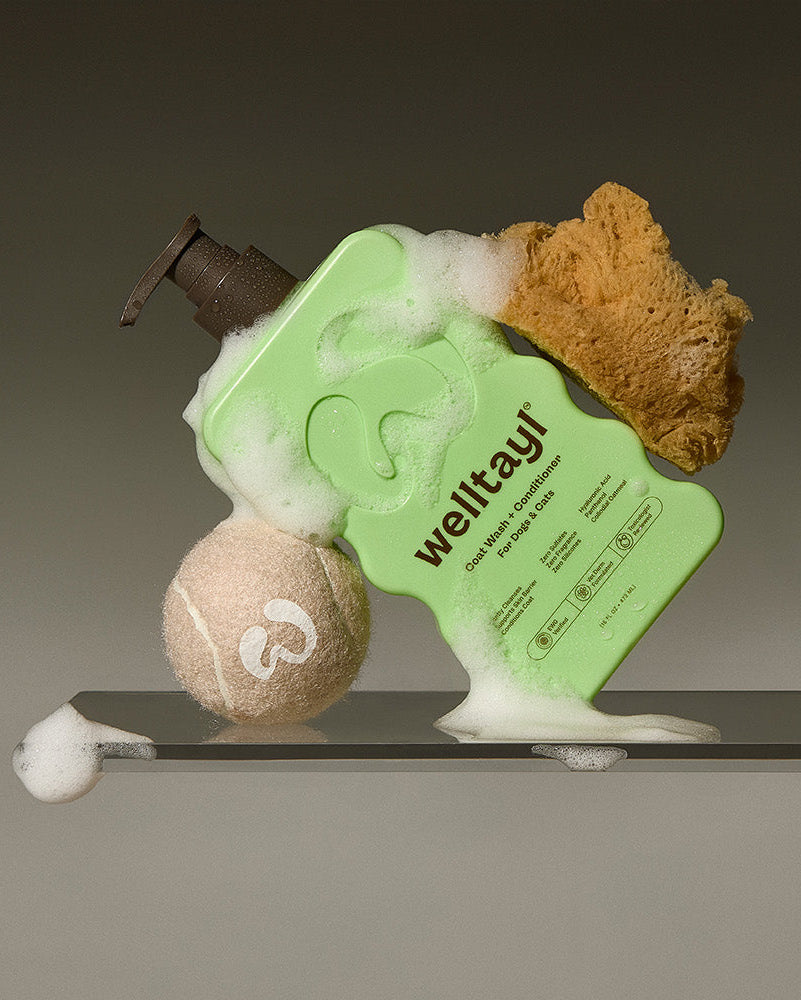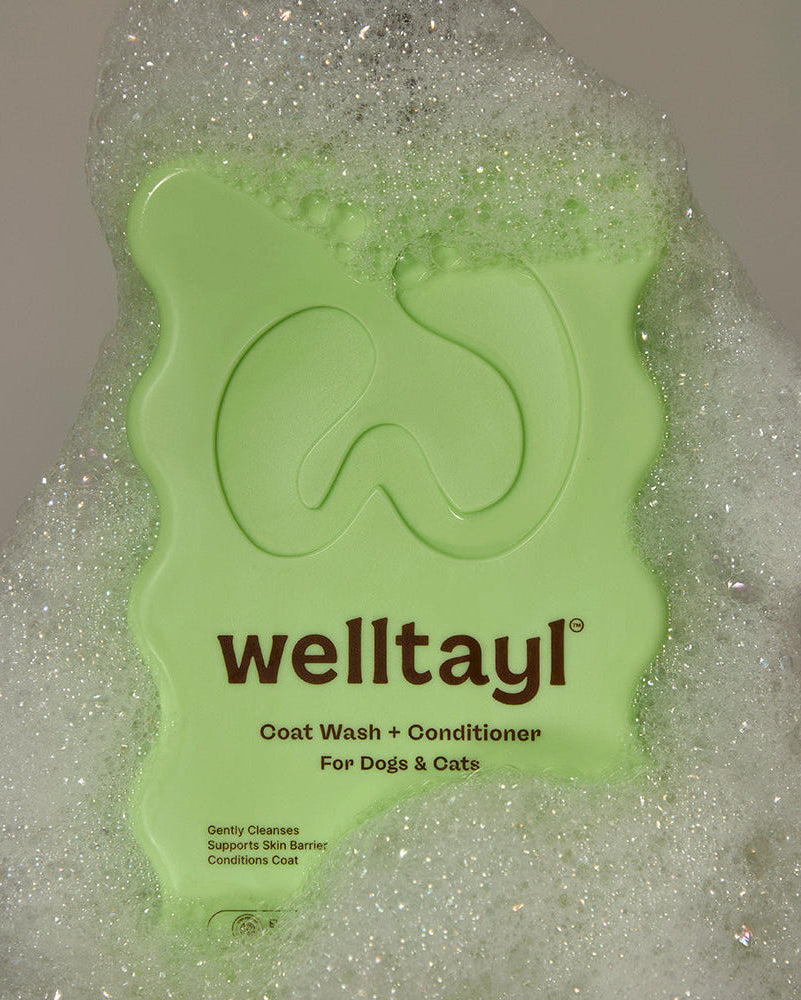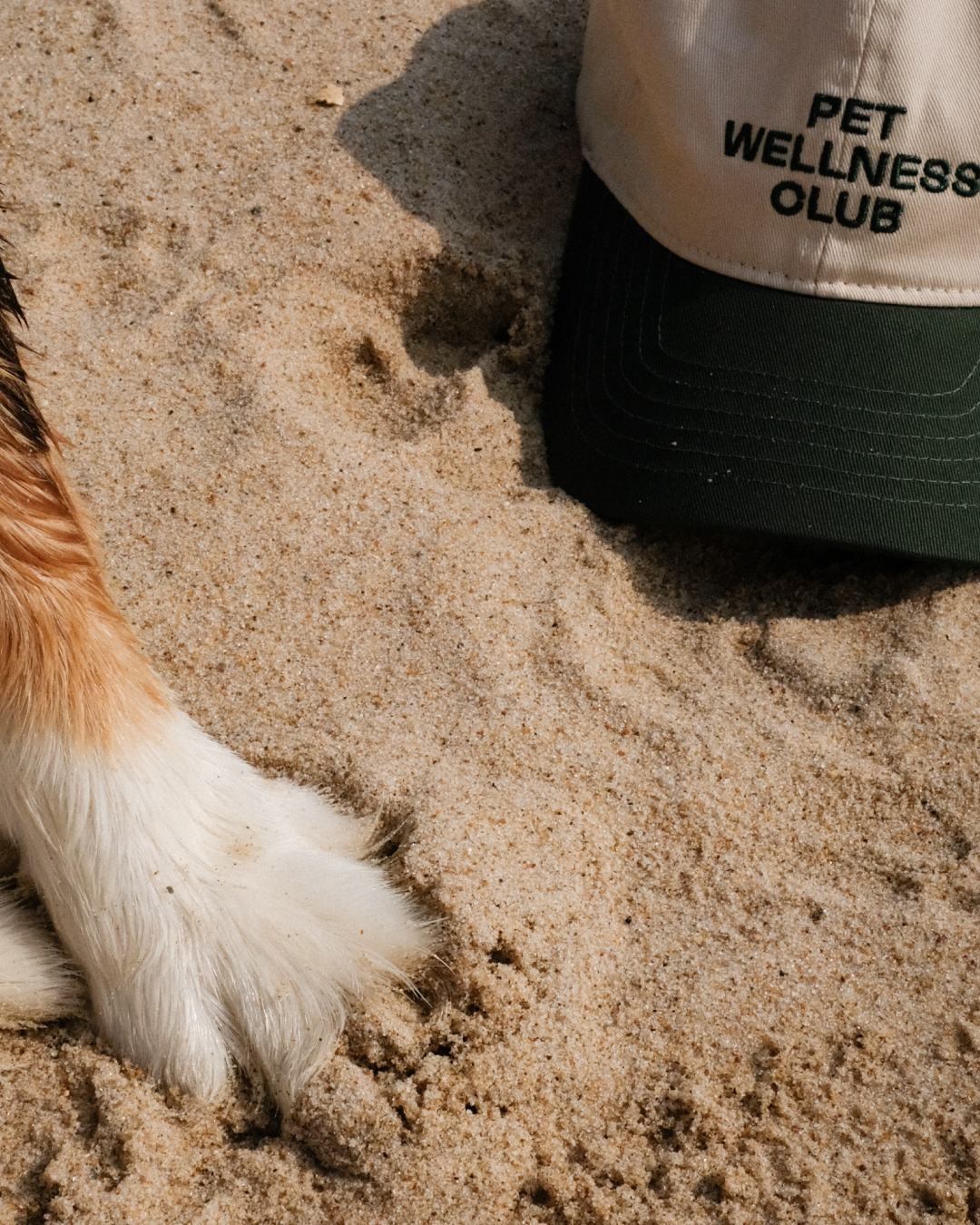Have you ever noticed your dog sprawled out in a sunny spot, soaking up the rays with pure joy? It's a common sight for dog owners, and while it might seem like they're just enjoying a warm nap, there's actually more to this behavior. Dogs don't just sunbathe because it feels good; they're also getting some health benefits from those warm sunbeams.
Sunbathing is a favorite pastime for many dogs, from tiny Chihuahuas to Great Danes. Whether it's a cozy corner by the window or a bright spot on the patio, dogs have an instinctive love for basking in the sunlight. But why do they do it, and what makes it so irresistible? In this article, we'll explore the fascinating reasons behind your companion’s sun-seeking behaviors and the surprising benefits that sunshine offers to them.
Table of Contents:
- Key Takeaways
- Benefits of Sunbathing for Dogs
- Risks of Sunbathing for Dogs
- How to Safely Manage Dog Sunbathing
- Conclusion
- Frequently Asked Questions
Key Takeaways
- 🐶 Health Benefits of Sunbathing: Sunbathing helps dogs improve their mood by triggering serotonin release, and promotes better sleep through enhanced relaxation.
- ☀️ Risks Associated with Sun Exposure: Dogs face risks such as sunburn, particularly those with light-colored or sparse coats.This can predispose them to potential skin cancer, and conditions like photosensitization, which can exacerbate other skin issues.
- 💦 Dehydration and Heat-Related Issues: Keeping sunbathing dogs hydrated is crucial, as dehydration can lead to health problems. Heat-related complications like heatstroke is a significant concern during hot weather or prolonged sun exposure.
- ⛱️ Safe Sunbathing Practices: Manage your dog's sun exposure by limiting direct sunlight during peak hours and ensuring access to shade. Provide constant water access, use dog-safe sunscreen, and consider providing cooling mats during high heat.

Benefits of Sunbathing for Dogs
Sunbathing is not only a pleasurable activity for your dog, it also offers a few health benefits. Whether lounging in your backyard or stretching by a sunny window, your dog is gaining more than just warmth from the sunlight.
Mood Improvement
Sun exposure is important for your dog's mental health. It triggers the release of serotonin, a chemical in the brain that boosts mood and creates a sense of calm and happiness. This is especially vital during the winter months, when the days are shorter, leading to less overall sunlight exposure. Vitamin D Absorption
Just like in humans, vitamin D is essential for your dog. It supports bone health and aids in the absorption of calcium. While humans can synthesize Vitamin D from sunlight exposure and fulfill their need this way, dogs lack the ability and produce only a negligible amount of Vitamin D via sunlight. It is essential that dogs have an adequate amount of Vitamin D in their diet.
Pain Relief
The warmth of the sun helps increase blood flow to cold, stiff joints, while also promoting the release of beta-endorphins—natural painkillers produced by the body.
Better Sleep
The calming effect of serotonin and the physical warmth from sunbathing can make your dog more relaxed and promote better sleep. Dogs, when exposed to natural light, regulate their sleep-wake cycles more effectively, leading to a better overall rest period.

Risks of Sunbathing for Dogs
While sunbathing offers some benefits for dogs, there are some risks involved, particularly regarding over-exposure to sunlight and dehydration. It's important to be aware of these to ensure your furry friend enjoys their sun time safely.
Over-Exposure to Sunlight
Prolonged exposure to the sun can lead to serious health problems for dogs. One of the primary issues is sunburn, especially in dogs with light-colored or sparse coats. Frequent sunburns increase the risk of developing skin cancer over time. Additionally, some dogs may experience photosensitization, a condition exacerbated by certain health issues such as liver disease, making their skin extremely sensitive to sunlight. This sensitivity often results in excessive scratching, further damaging their skin.
Risk of Dehydration
During a sunbathing session, dogs can quickly become dehydrated if they're not drinking enough water. Dehydration not only affects their energy levels but can also lead to more severe health complications if not addressed. Ensuring they have constant access to fresh water and a shady spot to retreat to when needed is crucial to prevent dehydration.
Heat-Related Issues
Heat-related problems such as heat stroke are significant risks associated with dog sunbathing. Symptoms to watch out for include excessive panting, lethargy, drooling, or more severe signs such as vomiting and collapse. It's essential to keep your dog cool and well-hydrated, and to avoid sunbathing during the hottest parts of the day. Using cooling mats or vests can help manage their body temperature effectively.
Stay informed about how to keep your pets happy and healthy! Join the Welltayl Newsletter for more tips on pet care. Click here to subscribe and learn how to make the most of your pets' sunny days without putting their health at risk.
How to Safely Manage Dog Sunbathing
While sunbathing has benefits for dogs, ensuring it's done safely is crucial to prevent any harmful effects. Let's explore how you can manage your dog's sun exposure, hydration, and skin protection effectively.
Monitoring Sun Exposure
Limit your dog's exposure to direct sunlight, particularly during peak hours from 10 AM to 4 PM, when the sun's rays are strongest. Provide them with a cool, shaded spot or shelter where they can escape the heat. Even indoors, keep an eye on their sunbathing spots, as windows can partially filter UV rays but still pose a risk for sun damage to the skin.
Ensuring Water Availability
Hydration is key when your dog enjoys the outdoors. Make sure your dog has continuous access to clean water to prevent dehydration. During hotter days, modify your dog's exercise schedule, opting for early morning or late evening walks and playtime when it’s cooler. This adjustment helps reduce the risk of heatstroke, a serious condition that can be fatal if not addressed quickly.
Using Dog-Safe Sunscreen
Apply a sunscreen that is specifically formulated for dogs. Human sunscreens may contain ingredients like zinc oxide or para-aminobenzoic acid (PABA), which can be toxic to dogs if ingested. Focus on applying the sunscreen on exposed areas such as the nose, ears, and belly. Reapply the sunscreen according to the product instructions, especially if your dog goes swimming or rolls around in the grass.
Conclusion
Balancing the benefits and risks of sunbathing for your dog is key to their health and happiness. By implementing the strategies discussed, you'll ensure your furry friend enjoys the sunshine safely. Remember to always monitor their time in the sun, keep them hydrated, and use dog-safe sunscreen. With these precautions, you can help your dog reap the benefits of the sun without the dangers. Enjoy the warm weather together responsibly!
Frequently Asked Questions
Is it okay to let my dog sunbathe?
Yes, sunbathing can be beneficial for dogs. However, it is crucial to protect them with dog-safe sunscreen, especially for short-haired or hairless breeds, and to limit their time in the sun to prevent overexposure.
Can a dog sunbathe too much?
Yes, excessive sunbathing can be harmful to dogs and can lead to sunburn. It also increases the risk of heatstroke and dehydration, especially during hot weather. Limit their sun exposure during peak heat and ensure they have a shady spot and plenty of water available.
Is it bad for dogs to look at the sun?
Generally, dogs do not look directly into the sun due to their natural reflexes. While direct eye damage from sun exposure is unlikely, it's always a good practice to protect your dog's eyes during prolonged periods outdoors to prevent any potential harm.
How long should I let my dog lay in the sun?
Limit your dog’s sun exposure to a maximum of 30 minutes at a time, particularly during the peak sunlight hours of 10 AM to 4 PM. Always ensure they have access to shade and water to prevent overheating and dehydration.
Is it okay for dogs to pant in the sun?
Panting is a normal response for dogs to regulate their body temperature, as they cannot sweat. However, excessive panting after being out in heat might be a sign of overheating or heatstroke, and should be carefully monitored. If your pet is panting excessively, bring them inside to cool off and make sure they have access to fresh, clean water at all times.
Resources:
- “Vitamin D and sunlight exposure in dogs,” Journal of Veterinary Medicine and Research
- “Vitamin D and Pets: What You Need to Know,” AMCNY
- “Photosensitization in dogs,” Merck Vet Manual
- “Solar Dermatitis in dogs,” VIN
- “Heatstroke in dogs,” NCBI
- “Dehydration in dogs,” NCBI Bookshelf
Read more

Learn why cats need sunscreen, how to protect them from harmful UV rays, and safe sunscreen application methods. Choose the best products for your cat.

Understand the causes, symptoms, and effective treatments for dry skin on dogs. Become a better pet owner by knowing how to help your pet!


